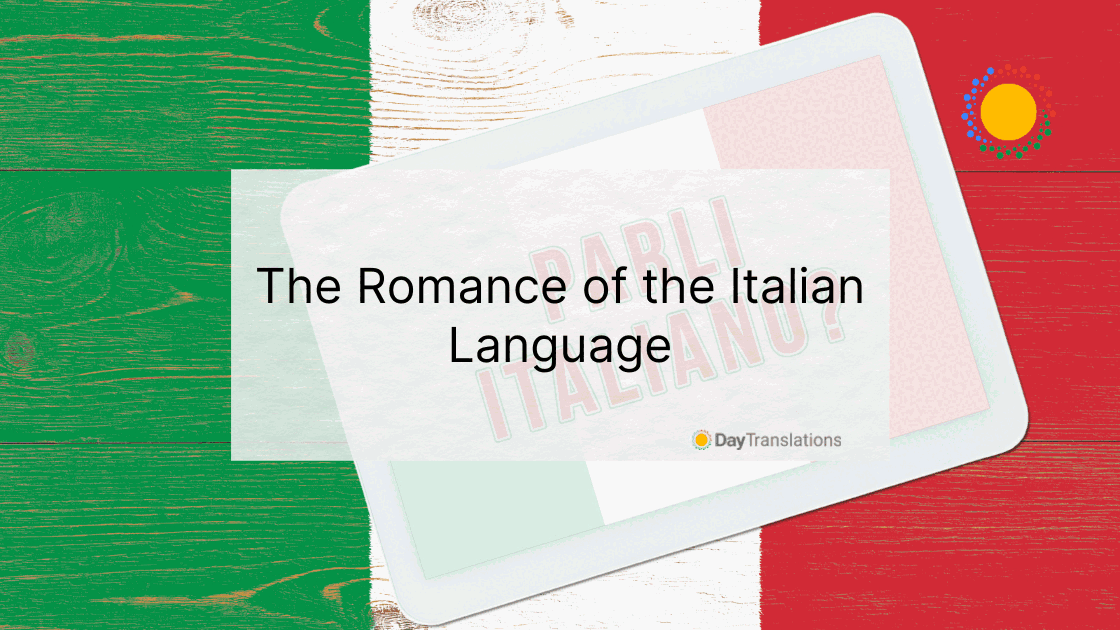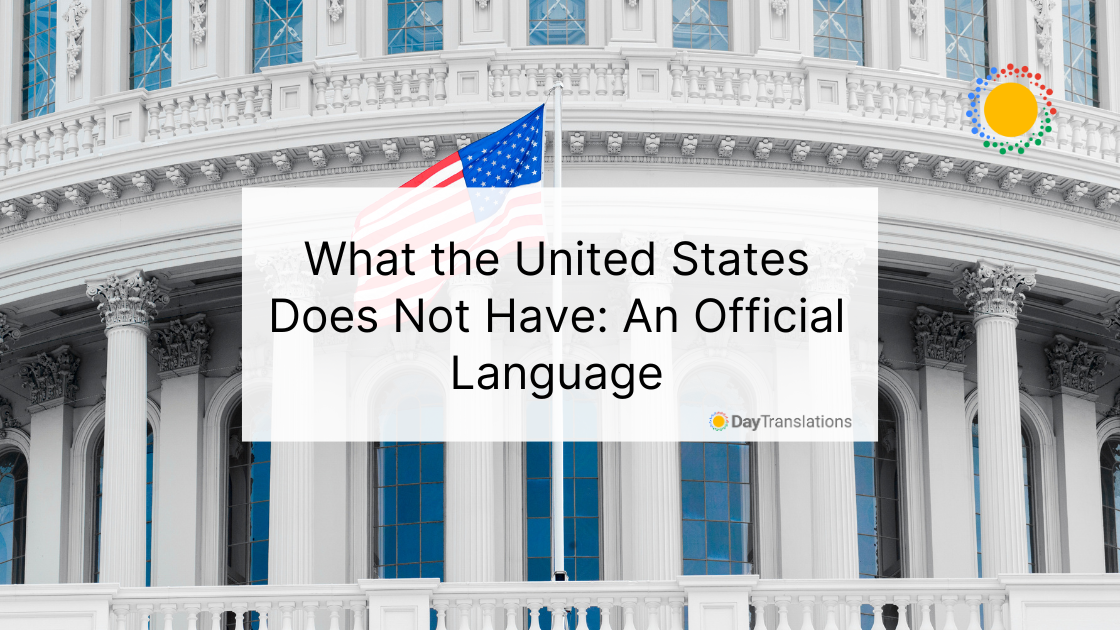Italian, the official language in Italy and one of the Romance languages, which is also a primary language in Switzerland, the Vatican City, San Marino, Monaco, Libya, Somalia, Eritrea, Malta and Croatia. There are 61 million native Italian speakers in the world, about 59 million of which are located in the European Union. This represents about 13% of the EU population. About 14 million people speak Italian as a second language, and together with the speakers in other countries outside of the EU and other continents, the total number goes beyond 85 million native and secondary speakers.
The language is a descendant of Latin. In terms of vocabulary, Italian is closest to the Latin language.
Popularity
While the language first appeared in text around the 10th century, it was only in the 13th century that it became popular. This was mainly due to the literary works done by Boccaccio, Petrarch and Dante Alighieri. They used their own Italian dialect in their works, called the Tuscan of Florence or “la lingua fiorentina.” During that time, this became the standard language in the literary world. By the following century the dialect of the Tuscans had encroached in the cultural and political circles of Italy, but was not able to surpass Latin as the leading literary language for another two centuries.
Variations
The Tuscan dialect is what is now known as Italian, a main language in media and literature in Italy. However, there are variations in the language even in Italy. Each region has its own distinct dialect, and although the dialects have traces of standard Italian, some of the dialects are not intelligible to common Italian speakers.
A romantic language
Italian is a romantic language, as in a lovely language that evokes soft music, candle-lit dinners, chocolates and champagne. In fact many linguists and translators have chosen Italian as the top romantic language, edging French by a slight margin. It’s just like hearing the Italian word, “bellisima” to think of something that is utterly beautiful.
Even if you are not going to Italy anytime soon, there are many Italian words and phrases that have found their way into the English language that for sure you will recognize and know how to pronounce. In the United States alone, there is a very large Italian community and you can hear phrases and words included in movies and TV drama scripts. Some of the most common ones include “ciao,” “prego,” “arrivederci,” “como stai,” “buongiorno,” “buonasera,” and “grazie.” These Italian phrases correspond to “hello / goodbye,” “you’re welcome,” “goodbye,” “how are you,” “good morning,” “good evening” and “thank you.” You say “buonanotte” when bidding someone “good night.”
Loan words
You may not have given it much thought but there are several Italian words that are being used regularly in English, such as extravaganza, chiaroscuro, lingua franca, ghetto, regatta, quarantine, segue, volte-face, scenario, and sotto voce. There’s also al fresco, charlatan, bravo, cameo, cappuccino, casino, confetti, espresso, graffiti, picturesque and many other terms related to the arts and architecture, music and food.














Sorry, the comment form is closed at this time.